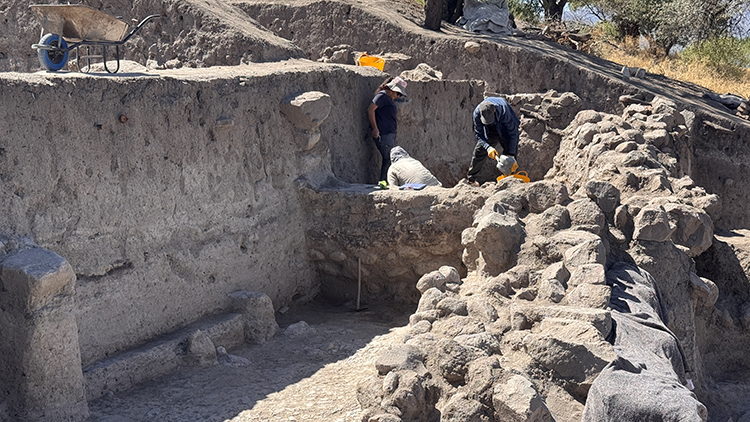
Unbroken Life Through the Ages: 8,000 Years of Continuous Settlement Unearthed at Gökhöyük in Konya
Archaeologists in Türkiye’s central province of Konya have uncovered evidence of an extraordinary 8,000-year span of continuous human habitation at Gökhöyük (also known as Kanal Höyük), located in the Seydişehir district. First identified by British archaeologist James Mellaart in 1954, the site reveals settlement layers dating from the 7th millennium BCE to the 1st millennium BCE, offering a rare window into uninterrupted life across the Neolithic, Chalcolithic, Bronze, and Iron Ages.
The ongoing excavations are being conducted under the “Heritage for the Future” Project of the Turkish Ministry of Culture and Tourism, with the support of Konya Metropolitan Municipality and Seydişehir Municipality. The project is led by Assoc. Prof. Dr. Ramazan Gündüz from Selçuk University.
Excavations in the Bronze Age layers uncovered evidence of a major fire, along with a human skeleton trapped beneath collapsed mudbrick walls—believed to have perished during the blaze.
“We found a human skeleton beneath the collapsed mudbrick debris. The individual likely died during the fire. Detailed analyses are still underway,”
said Assoc. Prof. Gündüz.
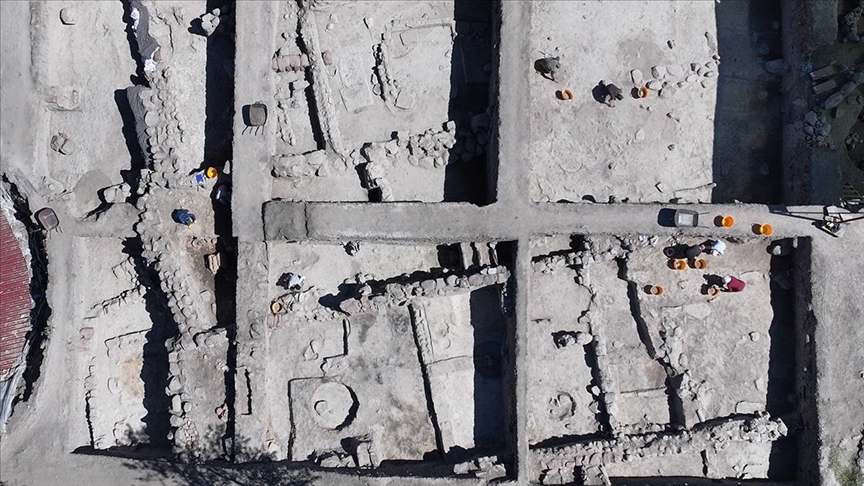
Gökhöyük stands out as one of the few archaeological sites in Central Anatolia where traces of Neolithic to Iron Age life appear in direct stratigraphic succession. According to Gündüz, this makes Gökhöyük a site unlike any other in the region.
📣 Our WhatsApp channel is now LIVE! Stay up-to-date with the latest news and updates, just click here to follow us on WhatsApp and never miss a thing!!
“Unlike Çatalhöyük, which represents only the Neolithic and Chalcolithic periods, Gökhöyük contains cultural layers from the Iron Age down to the Neolithic. This makes it unique for Central Anatolia,”
he explained.
Within the burnt layers, archaeologists unearthed cooking hearths, grinding stones, storage jars, and plant remains—all preserved in place by the fire. These findings reveal detailed insights into the diet and domestic life of Gökhöyük’s inhabitants.
Pottery fragments, including bowls, jars, and cooking pots, have survived intact, reflecting how ancient communities prepared and stored their food over 4,000 years ago.
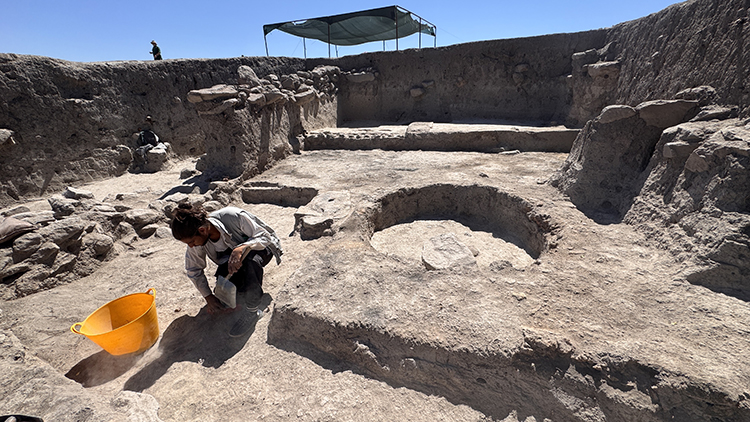
“Although we are only in the third year of excavation, the results are equivalent to what one might expect from a decade of research,”
Gündüz added, emphasizing the site’s exceptional cultural depth.
Cultural and Historical Context:
Situated on the southern Konya Plain, Gökhöyük rises approximately 15 meters above the surrounding landscape. Its stratigraphy preserves continuous cultural deposits spanning six millennia, marking it as one of the most enduring settlement sites in Anatolia.
The site provides valuable data on how early farming communities in Central Anatolia adapted to changing climates, shifting economies, and evolving technologies across the ages.
You may also like
- A 1700-year-old statue of Pan unearthed during the excavations at Polyeuktos in İstanbul
- The granary was found in the ancient city of Sebaste, founded by the first Roman emperor Augustus
- Donalar Kale Kapı Rock Tomb or Donalar Rock Tomb
- Theater emerges as works continue in ancient city of Perinthos
- Urartian King Argishti’s bronze shield revealed the name of an unknown country
- The religious center of Lycia, the ancient city of Letoon
- Who were the Luwians?
- A new study brings a fresh perspective on the Anatolian origin of the Indo-European languages
- Perhaps the oldest thermal treatment center in the world, which has been in continuous use for 2000 years -Basilica Therma Roman Bath or King’s Daughter-
- The largest synagogue of the ancient world, located in the ancient city of Sardis, is being restored

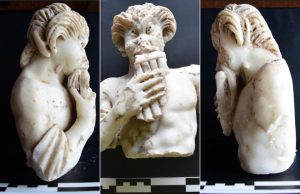
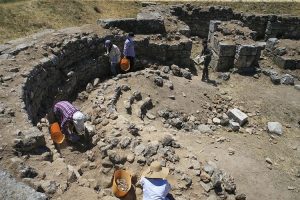
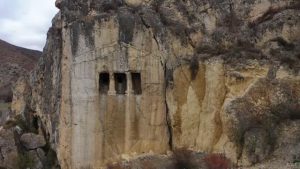
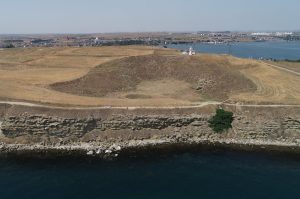
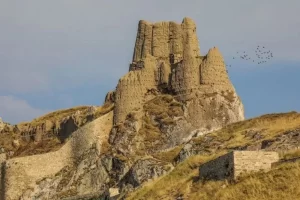
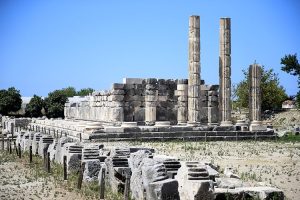
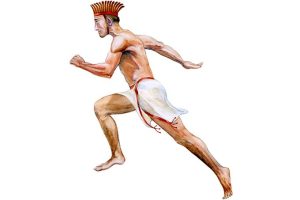

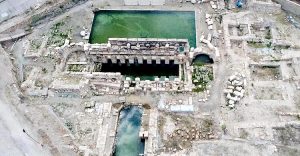
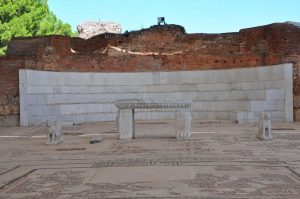
Leave a Reply